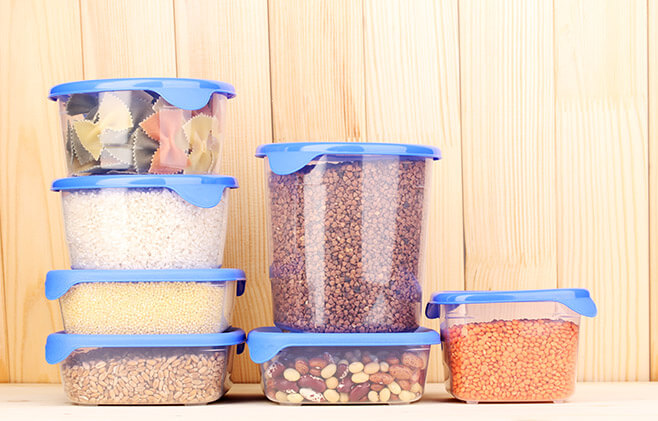
30 Apr The Plastic Pollution Effects You Might Not Be Aware Of
Today, it is impossible to go a day without plastic. But as useful as it is, the use of plastic is accompanied by some serious detriments.
You’ve heard plenty about the marine life lost as a result of plastic pollution, the colossal Great Pacific Garbage Patch, and how there is more plastic debris than sand on beaches. However, as bad as all that sounds, there are many more consequences of plastic pollution that may still surprise you.
The Release of Greenhouse Gases
Plastic is a long chain of molecules, and when these molecules are exposed to sunlight, UV radiation starts breaking down that chain into smaller molecules in a process called “off-gassing”. Off-gassing of plastic releases greenhouse gases, such as Methane and Ethylene. Methane is particularly more harmful as it traps 25 times more heat in the atmosphere than Carbon Dioxide.
The problem worsens as plastic breaks down; this is because as more surfaces are exposed, there is a drastic increase in the release of gases. For example, a common plastic called Low-Density PolyEthylene releases Methane 488 times faster in powdered form than it does in pellet form.
Once the process begins, off-gassing can continue even without sunlight. Over time, plastic keeps breaking down into smaller and smaller particles, releasing increasingly large amounts of greenhouse gases.

The Spread of Antibiotic Resistance
Unfortunately, the release of greenhouse gases isn’t the only damage prompted by plastic. Plastic has been found to contribute to another modern problem: Antibiotic Resistance.
A recent study conducted by Queen’s University Belfast and Northern Ireland Public Health Laboratory found that almost all of the marine plastics under investigation harbored antibiotic-resistant bacteria. The researchers collected plastic food packaging larger than 5mm in diameter from several locations along the Irish coast. They then collected bacteria from the plastic packaging and tried to kill them with 10 common antibiotics.
Killing these bacteria was close to impossible. It was found that 98% of plastic pieces collected were home to bacteria that was resistant to ampicillin, and 16% carried bacteria resistant to minocycline. They also identified the bacteria and found that while some were relatively harmless, many are known to cause disease in plants, fish, and even humans.

The Harmful Effects of Nanoparticles
We have already established the dangers of plastic as they break down into smaller pieces but what we do not realise is that the smallest plastics may be capable of doing the most harm.
Any plastic smaller than a few micrometers is called ‘nanoparticle’. Researchers have found that these nanoparticles can pass through biological barriers such as cell membranes. That means, nanoparticles can enter the bloodstream of animals, pass through their gut lining, and penetrate tissues as well as accumulate in organs like the liver, kidneys, and intestines.
Plastic nanoparticles have even been found to penetrate the blood-brain barrier, a layer that filters harmful substances out of the blood to prevent them from getting inside the brain. They can move up the food chain and interfere with the natural function of the ecosystem. If we eat fish that have ingested nanoparticles, there might be high chances that they can affect us directly.
Plastic is in every corner of our planet. Unfortunately, there are consequences that nobody thought about when it first came into being.
The less plastic we use and the more we understand its consequences, the better we can protect ourselves and our planet’s natural ecosystems.

